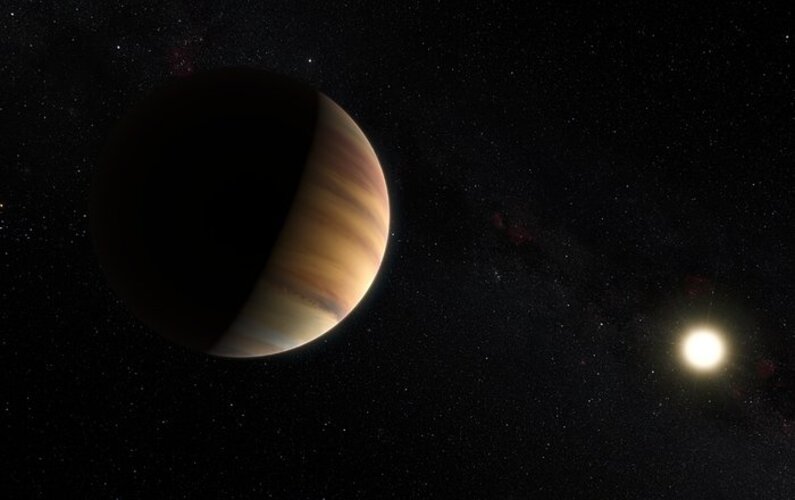
Gaia is a cosmic cartographer, mapping out the positions, movements, and other details of over a billion stars in our galaxy and beyond. While Gaia's main task is to study stars, it is also a treasure trove for finding planets beyond our Solar System. A novel possibility to detect exoplanets is through astrometry, which involves measuring the exact positions of stars. Monitoring star positions over long periods of time, as Gaia does, reveals tiny motions caused by otherwise unseen planets orbiting them. These measurements must be very precise to detect this small effect, much like finding a needle in a haystack. Gaia's instruments achieve a precision never seen before, making this difficult challenge uniquely possible. With two major data releases still to come, DR4 (expected no sooner than the end of 2025) and DR5, Gaia will produce all-sky exoplanet catalogues containing thousands of new planets.
"If we want to understand how planets are formed, it is necessary to have a vision of how the whole planetary system is composed. Currently, our vision of most systems is only partial because each detection technique is efficient for a certain range of planet sizes and orbital periods. Being able to combine all techniques and data is critical to understand what planetary systems look like and to put our Solar System in context. We still have many questions to investigate. Having more detections of exoplanets with diverse characteristics offers a clearer view of the statistical trends and their implications. The dependence on the galactic environment may also be a key factor: it is important to complete our current picture with planetary systems in more diverse and distant regions of the galaxy."
Ana Heras, ESA Plato Mission Project Scientist



